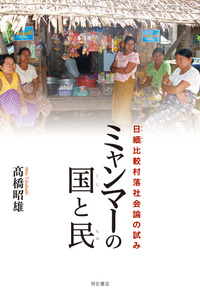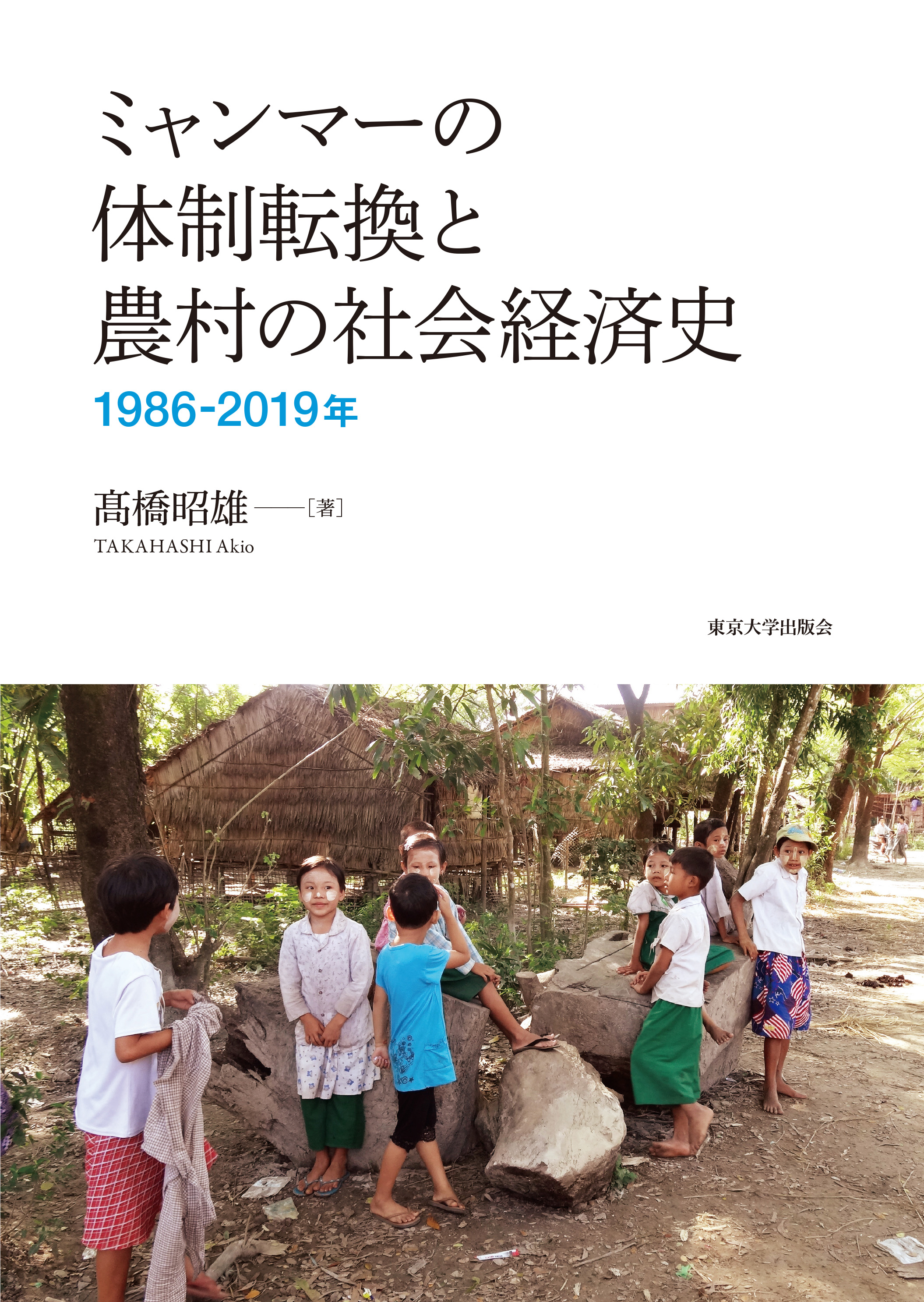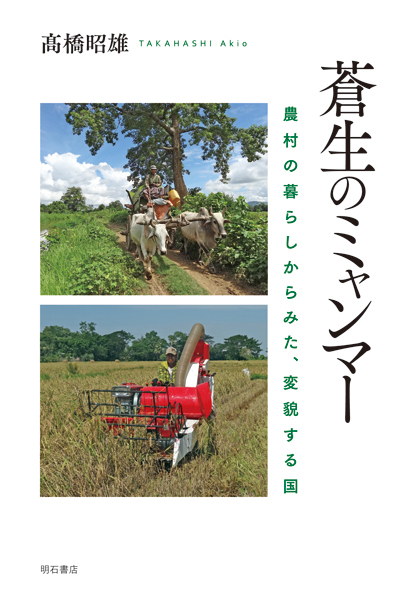
Title
Myanmā no kuni to tami (Myanmar and its People - Toward a Theoretical Comparison of Village Society in Japan and Myanmar)
Size
200 pages, 127x188mm
Language
Japanese
Released
November 10, 2012
ISBN
978-4-7503-3701-2
Published by
Akashi Shoten
Book Info
See Book Availability at Library
Japanese Page
From 1986 until the present, the author has travelled deep into the rural areas of Myanmar to conduct socioeconomic surveys of villagers, households, and villages and has produced numerous publications. During this period, the country’s polity has transitioned from Burmese Socialism to a military regime and then to pre-democracy. The author’s trek has easily exceeded 200 villages and involved interviews in Burmese with more than 10,000 villagers. Despite their government’s oppressive nature, the author found the overwhelming majority of Myanmar villagers cheerful, free-spirited, and independent. Why should this be so? This publication attempts to answer this question by clarifying the social structure of Myanmar village society and comparing it with Japanese village society.
As a result of cadastral surveys conducted in the early modern period, the Japanese village was the main body of land management, a unit of water control, and collectively responsible for tax payments (mura-giri and mura-uke). Elements of the old system still hold sway in Japanese villages. In contrast, Burmese (Myanmar) colonial settlement survey, corresponding to early modern Japanese land surveys, was held on the basis of quin (a unit of farm land), unrelated to the village. In Myanmar, therefore, the village is neither a tax-collection unit nor a community for agricultural land management. In fact, water control and so forth is conducted on the principle that the individual beneficiary pays the charges. Even when the system of procuring paddy as taxes was functioning, the individual, rather than the village, directly paid the state. Management of communal land and unowned wetland is also, in general, left to the individual.
The roles of groups and the village in productive works are thus extremely limited, and the same holds true in religious practice. For both Buddhism and Christianity, religious doctrine is thought related to individual interests. Even if a village has a guardian deity, called ywa saun nat, the conceptual level involved is quite far from that of the local tutelary god, the ujigami, in Japan, who watches over the entire village.
In Japanese villages, most organizations are stably based on the ie, a perennial household across generational lines. However, in Myanmar, primary social units are unstable, unpredictable accumulations of dyadic (person-to-person) relationships centering on the individual. Because these groups are composed on people’s “frequent contacts” (or hinkai, as conceptualized by the author), individual members are free to break off group relations. They are principally and largely untrammeled by organizations and systems.
While the Japanese village is a collective (tightly structured society) for production, the Myanmar village is a community (loosely structured society) for daily life. While expulsion from the former spells doom because the individual will no longer be able to earn an income or subsistence, withdrawal from the latter is not so fatal because the individual has numerous dyadic networks spreading beyond the particular social unit or village. Because the authoritarian government in Myanmar could not avail itself of networks of communal, horizontal relationships—that is to say, of the people’s mutual surveillance system—it could not ultimately exert thoroughgoing control over the population; the best it could achieve was lip service. At the same time, the authoritarian regime long persisted in an ossified form not because individuals failed to achieve a democracy based on the autonomous individual but because the brunt of authoritarianism was refracted by accumulated flexible networks and organizations within each village and cleverly absorbed. It was therefore ineffective. Here, we find the existence of networks of individuals and groupings which negate the traditional model of Asian society described as a negative of the European “civil society model” composed of autonomous individuals.
(Written by TAKAHASHI Akio, Professor, Institute for Advanced Studies on Asia / 2018)



 Find a book
Find a book



